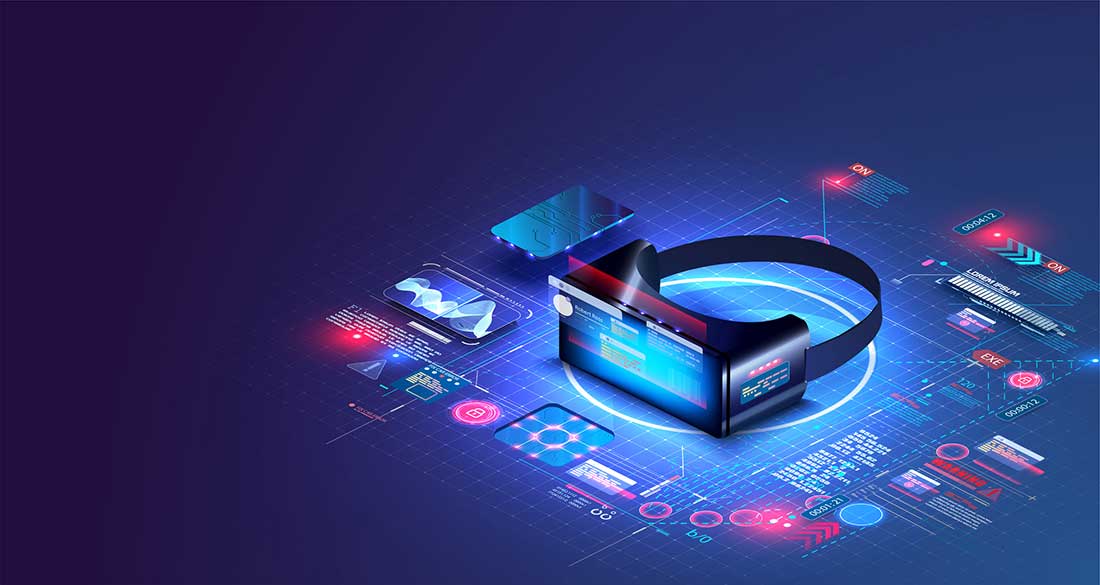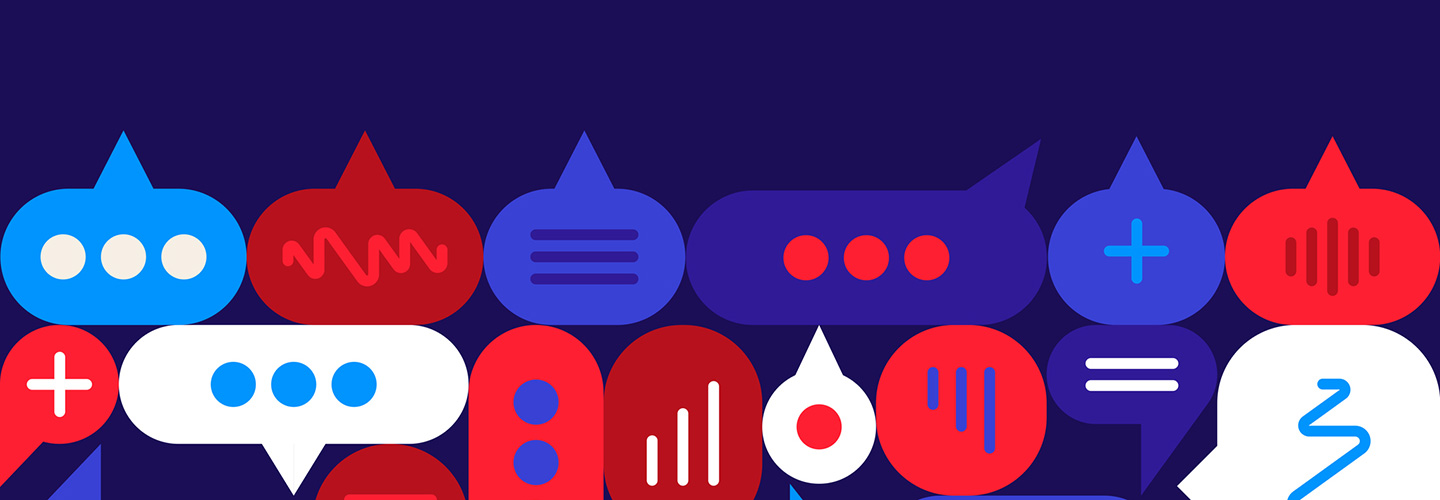This post originally appeared on CMSWire by Lindy Roux, Tendo Communications Executive Vice President and Partner.
Digital experience platforms (DXPs) today are sophisticated enough to make any B2B marketer giddy. We can reach our audiences through an ever-growing number of digital touchpoints and deliver fine-grained, personalized content at every stage of the customer journey.
But are the technical capabilities of DXPs getting ahead of our ability to use them correctly? Do we understand the fundamentals of creating an excellent digital experience?
Those fundamentals begin with content, which is now central to every digital journey and every customer touchpoint. The heart of a great digital experience, then, is the content experience we deliver. To be successful with any DXP technology, marketers must first understand the seven elements of a great content experience.
What Is Digital Content Experience?
A content experience is the summation of all the interactions someone has with your digital content and the impression they take away from it. To create a successful content experience, B2B organizations must progressively engage audiences with a series of related content elements that all work together to fulfill that audience’s informational or transactional needs.
In short: Don’t just focus on creating engaging individual content assets. Consider the connective tissue between them.
Why Care About Content Experience?
- Right time, right place: Up to 70% of the content that marketers create goes unused, according to a Sirius Decisions study. For content marketing efforts to succeed in 2020, they must be high-quality — and must be surfaced in the right context.
- Sky-high customer expectations: Today’s customers expect companies to understand their needs and expectations. They expect frictionless, consistent and personalized digital experiences across platforms.
- Billions of connected devices: By 2021, Gartner forecasts that 25 billion connected devices will be in use, from mobile phones and watches to smart-home gadgets. The marketer’s challenge is to communicate with our audiences across these multiple platforms in a consistent and personalized way.
7 Elements of a Great Content Experience
What do superlative content experiences look like, and how can you engineer them consistently for your customers and prospects? When we put content experience under the microscope, its core characteristics come into focus. The content assets you create should work together to deliver an experience that reflects seven fundamental characteristics.
- Progressive: A progressive content experience is one in which each touchpoint builds on the previous one, rather than repeating it or existing in isolation. For example, progressively adding more information and incentives for a user as they progress from a mobile ad, to an email, to a website landing page.
- Connected: In a connected content experience, each touch point bears some resemblance to the previous one and maintains consistency of campaign messaging, personalization or design.
- Contextual: How your customers experience content depends on the context in which they consume it. To break through with the right message at the right time, your DXP solution can serve up contextual, personalized content based on the type of device, time of day, location, journey stage, relationship with your company or other factors.
- Engaging: You are competing for your audience’s attention with a veritable feast of sensory experiences, which is why it is more important than ever to draw them in with content that is fresh, immersive and creative. Engaging content experiences take many forms — from virtual reality to collaborative storytelling.
- Relevant: When you understand your audience — their industry, role, behaviors or preferences — you can serve up relevant content that resonates and converts. The magic of personalization via DXP technology gives you myriad options. For example, your homepage can display different hero banners for visitors who work in education vs. healthcare or government.
- Guided: By curating a guided journey, you’re deepening audience engagement by suggesting the next relevant piece of content to consume. Think “Recommended for you” or “You may also like.” Give your audience little prompts and nudges for the next action to take.
- Structured: Properly structuring your content allows you to create it once and push it out automatically across multiple platforms — blog, social post, landing page banner, chat — to meet your audiences where they are. In essence, it’s about leveraging your DXP or CMS in a different way, by separating content from the presentation layer.
By incorporating these seven characteristics into their content creation process and their overall content strategy, marketers can create content that works together to support the customer experience, and deliver consistent and relevant digital experiences.
An enterprise solution like a DXP is no small investment. Ensure that you understand these content experience fundamentals before you make the leap.










